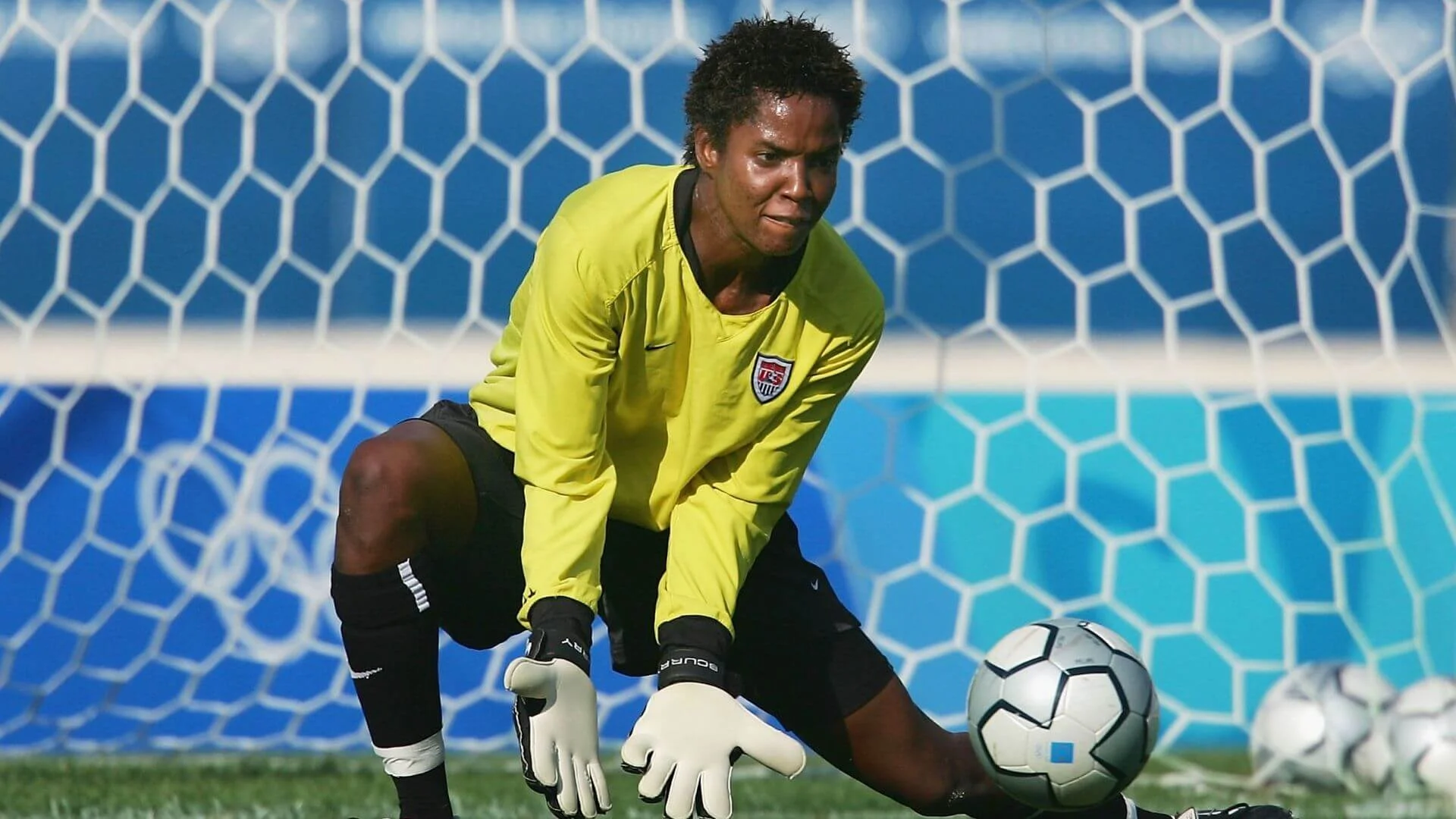The Birth Year Dilemma: How Age Cutoffs Are Shaping Youth Girls Soccer
The birth year dilemma describes the unique challenges facing age classifications for youth sports. Here, we’ll define the birth year dilemma, examine the various policy changes from U.S. Soccer around this topic, and explore how age cutoffs shape youth girls’ soccer.
What is the Birth Year dilemma?
The so-called birth year dilemma refers to the challenges surrounding the age cutoffs for youth athletes.
In 2015, the U.S. Soccer Federation implemented a major policy change from school year to birth year when determining a young athlete’s eligibility. Instead of grouping athletes by chronological age or grade, the birth year system goes by (you guessed it!) birth year, beginning January 1 of any given year. Prior to 2015, August was the age cutoff and many young athletes were on teams with students from their own grade.
The shift from school year to birth year was intended to align US Soccer with the international soccer community. The birth year system was also meant to reduce the likelihood of Relative Age Effects (RAE) or selection bias towards students born earlier in the calendar year.
What are the advantages and criticisms of the birth year structure in youth soccer?
When the change was implemented, many expressed frustration as teams drastically shifted. Players were forced to move to new teams, leaving some feeling socially isolated or brokenhearted to leave a group they’d played with for years. Under this rule, friends in the same grade could try out for the same club but be split up depending on their birth year. Thus, social dynamics and player retention are two key aspects of the anti-birth-year argument.
Supporters of this birth year organizational shift said it could help foster positive development and standardize competition levels across clubs. Some directors said it made it easier to classify young players.
Why does the birth year dilemma matter?
This birth year dilemma shook up U.S. youth soccer, with plenty of parents and club staff citing a lack of implantation, communication, and resources around a major organizational change.
It’s a complicated discussion. The answer to “Why does it matter?” probably depends on whether you’re a coach, parent, player, or director of soccer. And, what month you were born!
The initial goal was to create a stronger equity standard and alignment with the international football community. But, shifting a relatively arbitrary cut-off date didn’t necessarily fix the problem of inequity as intended. Some athletes could still be over 10 months older than their teammates. An athlete born in January could have significant physical and mental gains compared to one born in December. This policy change did, however, help some problematic situations by limiting players to the year they were born. For example, a parent could no longer decide to hold a child back a grade so they could have an athletic advantage. They would still play with those born in the same year as them.
Moreover, humans are especially sensitive to encouragement and challenges during developmental years (not to mention hormonal shifts that can impact experiences and emotions). Differences in height, weight, and maturity caused parents to praise or criticize this law, depending on whether they perceived it as helping or hurting their child.
How is the birth year dilemma shaping youth girls’ soccer?
This birth year dilemma and debate are important to the discussion around inclusivity and fairness in youth sports. They add another layer to balancing challenging competition and positive support for young girls’ soccer players.
The transition to and from high school is a major factor in this discussion. Since players sometimes aren’t allowed to play “down,” younger players in their birth year could potentially be trapped or lacking a team due to graduations or other unfortunate timing. Part of the controversy was that many players were “stuck” having to sit out a season or so of development due to the new regulations. Since then, clubs have attempted to increase communication and transparency around this rule.
(On a personal note: as a U14 (birth year 2011) coach with a few seventh graders and several eighth graders on my team, I enjoy the socially diverse mix.)
Conclusion
The birth year dilemma is especially prevalent in youth girls’ soccer, and the national discussion includes a potential change back to a school-year-based system.
Ultimately, it’s a worthwhile and difficult task to create a system to mitigate differences in physical, psychological, and emotional maturity leading to inequities in selection and development opportunities for young athletes.
Featured image via @ecnlgirls on Instagram
_
GIRLS SOCCER NETWORK: YOUR SOURCE FOR GIRLS SOCCER NEWS













